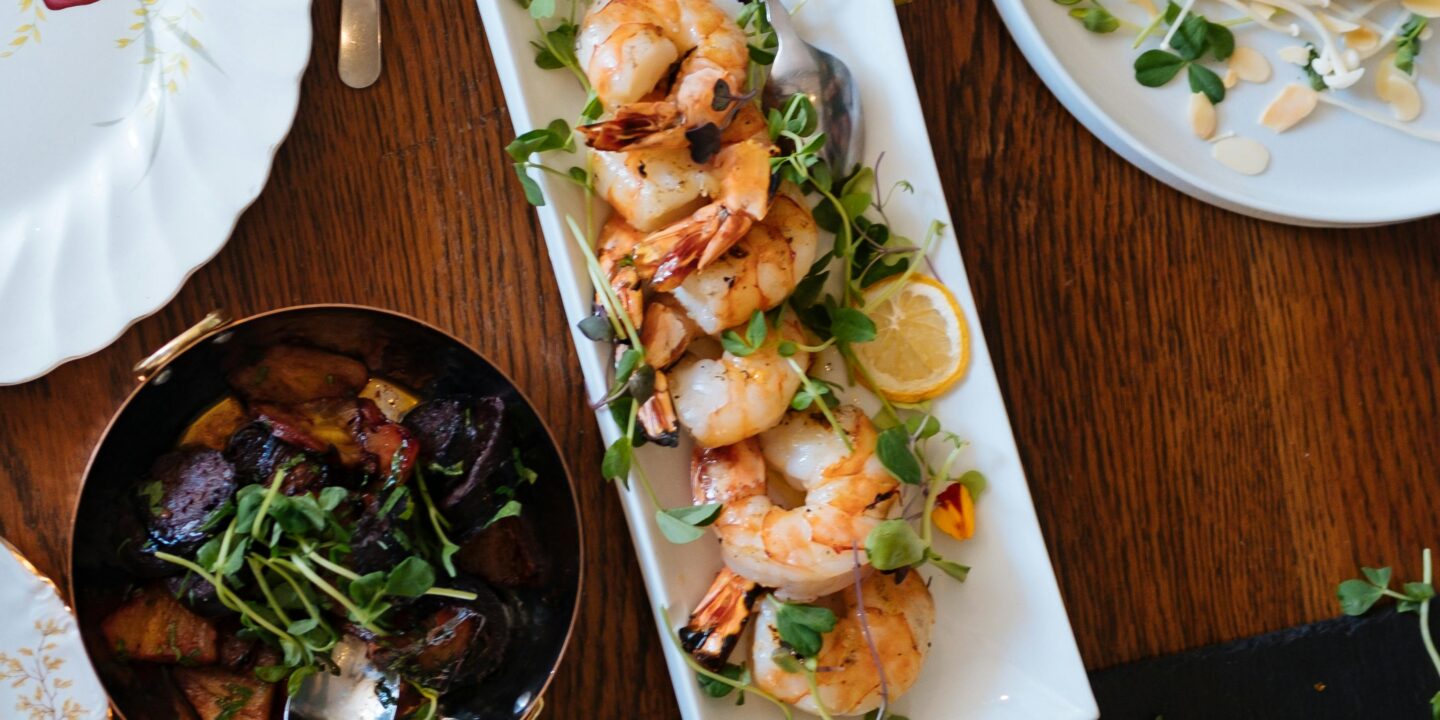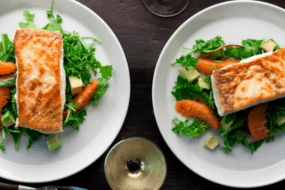
Maintaining a healthy diet often conjures images of bland, uninspiring meals. However, striking a balance between taste and nutrition doesn’t mean sacrificing flavor. In fact, with the right ingredients and preparation methods, healthy eating can be an enjoyable and satisfying experience. This guide explores ways to create delicious meals while keeping nutrition at the forefront.
Understanding the Basics of a Balanced Diet
A healthy diet consists of essential nutrients that support bodily functions while promoting overall well-being. The key components of a balanced diet include:
- Proteins: Essential for muscle repair and overall cell function. Sources include lean meats, fish, tofu, beans, and nuts.
- Carbohydrates: Provide energy and fuel for daily activities. Opt for complex carbs such as whole grains, legumes, and vegetables.
- Healthy Fats: Support brain function and hormone production. Include sources like avocados, nuts, seeds, and olive oil.
- Vitamins and Minerals: Crucial for immune function and cell maintenance. Ensure a variety of fruits and vegetables in your diet.
- Hydration: Water is essential for digestion, circulation, and temperature regulation. Herbal teas and infused waters can add variety.
Enhancing Flavor Without Compromising Nutrition
Healthy eating does not have to be boring. There are many ways to enhance flavor without adding unhealthy fats, sugars, or excessive salt:
- Use Fresh Herbs and Spices: Basil, cilantro, cumin, turmeric, and rosemary add depth to dishes.
- Incorporate Citrus and Vinegar: A splash of lemon or apple cider vinegar brightens flavors.
- Roasting and Grilling: These cooking methods bring out natural sweetness and depth.
- Experiment with Texture: Crunchy nuts, creamy avocado, and chewy dried fruit create a satisfying bite.
Healthy and Delicious Recipes
1. Quinoa and Roasted Vegetable Salad
Ingredients:
- 1 cup quinoa
- 2 cups water or vegetable broth
- 1 zucchini, diced
- 1 bell pepper, chopped
- 1 carrot, sliced
- 1/2 cup cherry tomatoes, halved
- 2 tbsp olive oil
- 1 tsp garlic powder
- 1 tsp paprika
- Juice of 1 lemon
- Salt and pepper to taste
Instructions:
- Rinse quinoa and cook it in water or broth until fluffy.
- Toss vegetables with olive oil, garlic powder, paprika, salt, and pepper.
- Roast at 400°F for 20 minutes.
- Mix quinoa and roasted vegetables, drizzle with lemon juice, and serve.
2. Oven-Baked Lemon Herb Salmon
Ingredients:
- 2 salmon fillets
- 2 tbsp olive oil
- 1 tbsp lemon juice
- 1 tsp dried oregano
- 1 tsp garlic powder
- Salt and pepper to taste
- 1/2 cup cherry tomatoes, halved
Instructions:
- Preheat oven to 375°F.
- Mix olive oil, lemon juice, oregano, garlic powder, salt, and pepper.
- Place salmon on a baking sheet and brush with the mixture.
- Scatter cherry tomatoes around the salmon.
- Bake for 15-18 minutes or until flaky.
3. Chia Seed Pudding with Berries
Ingredients:
- 1/4 cup chia seeds
- 1 cup almond milk
- 1 tbsp maple syrup or honey
- 1/2 tsp vanilla extract
- 1/2 cup mixed berries
Instructions:
- Mix chia seeds, almond milk, maple syrup, and vanilla extract in a bowl.
- Let sit for at least 4 hours or overnight.
- Serve with fresh berries.
Meal Planning for a Sustainable Healthy Diet
To maintain a balanced diet, planning meals ahead can be beneficial. Consider the following tips:
- Prepare Ingredients in Advance: Chop vegetables, cook grains, and portion out snacks.
- Batch Cook: Prepare meals for the week to save time.
- Balanced Plates: Ensure each meal contains proteins, healthy fats, and fiber-rich carbohydrates.
- Mindful Eating: Savor each bite and listen to hunger cues to prevent overeating.
Final Thoughts
Eating healthy does not mean giving up on taste. By incorporating flavorful ingredients, using creative cooking techniques, and planning meals thoughtfully, you can enjoy delicious dishes while nourishing your body. The key to success is consistency—small, sustainable changes can lead to long-term health benefits. Try the recipes above and experiment with different flavors to discover meals that you genuinely enjoy!






















